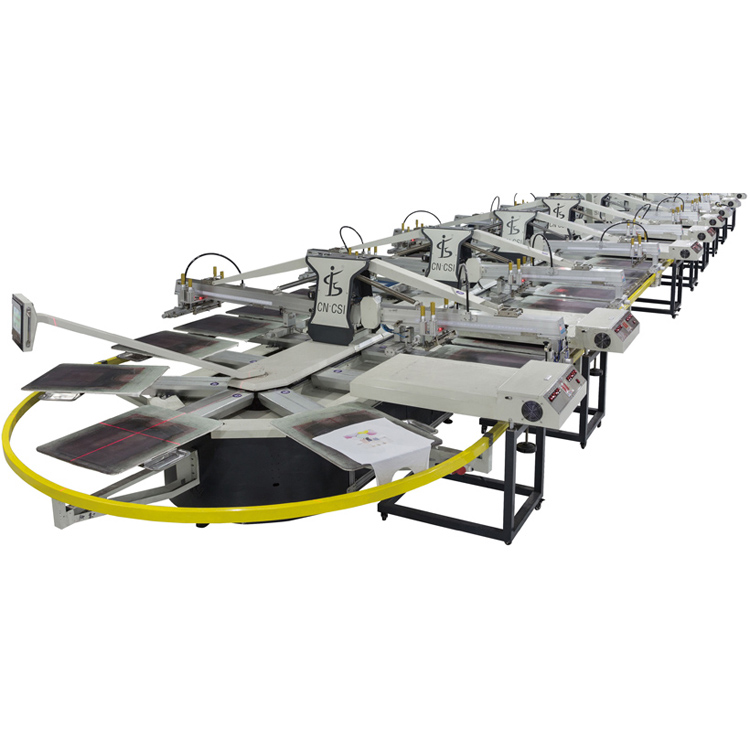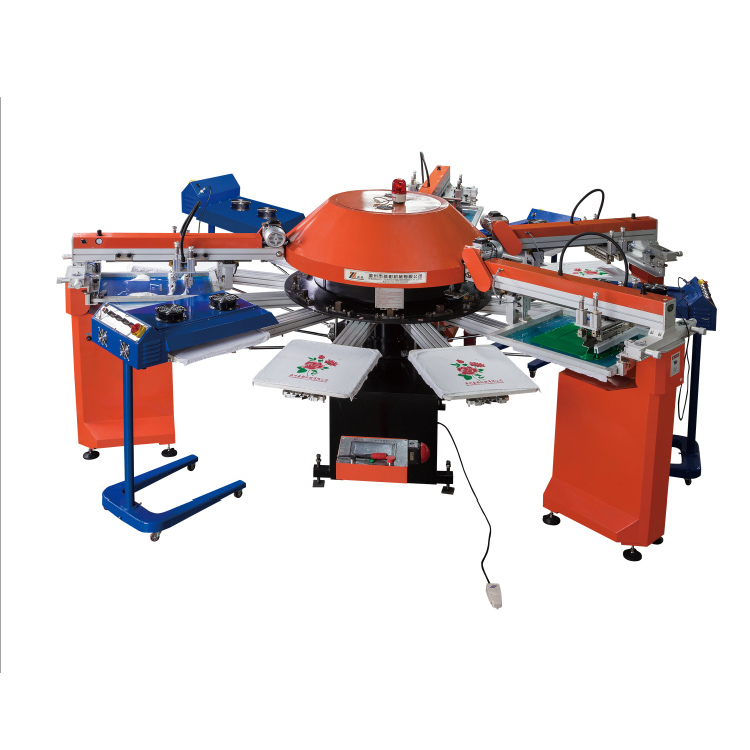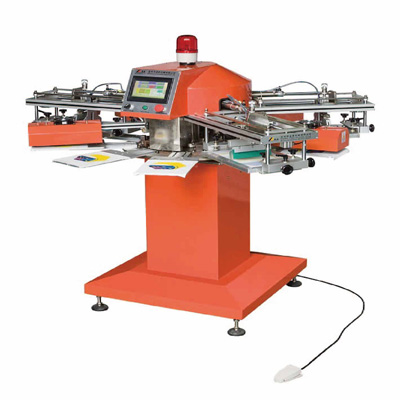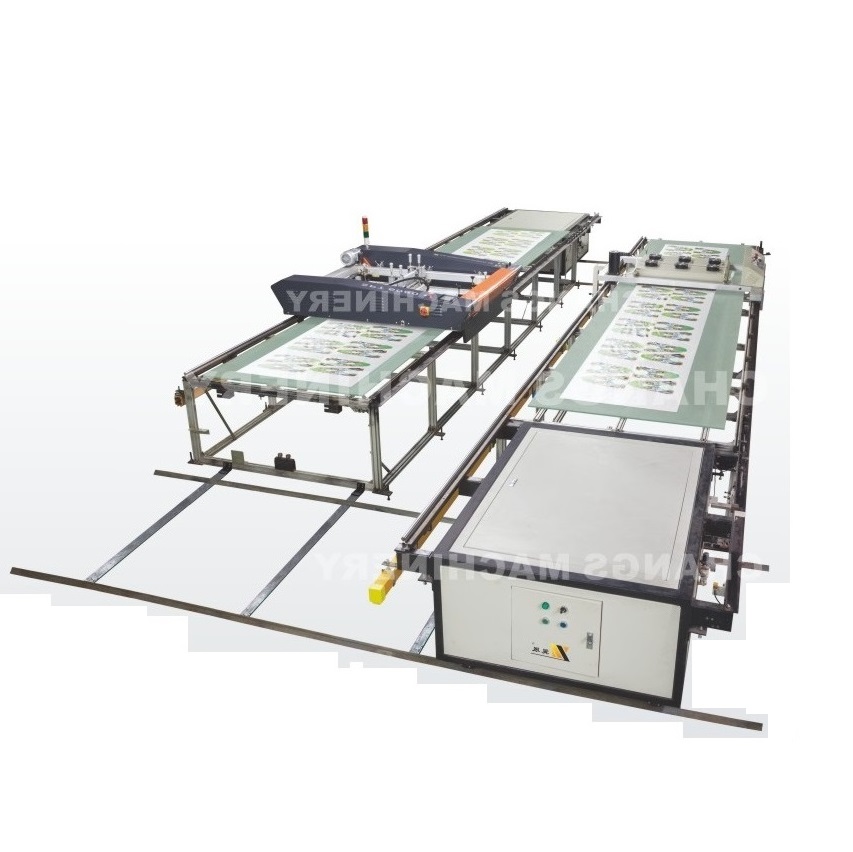In the fast-paced world we live in, instant coffee has become a daily necessity for countless people, offering a quick and convenient way to get their caffeine fix. Behind every cup of instant coffee lies a crucial element that often goes unnoticed but plays a vital role - the packaging.
The packaging of instant coffee not only serves to protect the product but also influences consumer choices and brand perception. When it comes to instant coffee packaging, two main types dominate the market: flexible packaging and rigid packaging, each with its own set of characteristics and advantages.
1. Flexible Packaging:
Flexible packaging dominates the instant coffee market, prized for its cost-effectiveness, lightweight nature, and operational efficiency. Typically made from multi-layered laminates (often incorporating materials like PET, aluminum foil, PE, or metallized films), these structures create formidable barriers against moisture, oxygen, and light – the key enemies of coffee flavor and shelf life.
-
Formats: This category includes:
-
Stick Packs/Sachets: The epitome of single-serve convenience, ideal for on-the-go consumption, hotels, and offices. They offer precise portioning and minimal waste.
-
Stand-Up Pouches (Doypacks): Increasingly popular for larger quantities (50g to 500g+). They offer excellent shelf presence, resealability (often via zippers), and efficient use of shelf space. Laminated structures ensure robust barrier protection.
-
Flat Pouches: Simple and economical for smaller to medium sizes, often used for private label or budget brands.
-
-
Advantages: Lower material and shipping costs, reduced storage space, high-speed filling capabilities (especially for stick packs), excellent barrier properties achievable, versatile printing for branding.
-
Production: High-speed Powder Packing Machines are essential here. These automated systems precisely measure coffee powder, form the pouches or sachets from roll stock, fill them, and seal them hermetically at impressive speeds, making flexible packaging highly scalable.
2. Rigid Packaging:
Rigid packaging conveys a sense of quality, luxury, and durability, often used for premium instant coffee blends, specialty micro-grounds, or gift sets. While generally heavier and more expensive, it offers distinct advantages:
-
Formats:
-
Glass Jars: The classic choice, offering superior barrier properties (especially against oxygen migration over time), a premium feel, and excellent visibility of the product. Ideal for showcasing the coffee's color and texture. Often used for smaller, high-end quantities.
-
Plastic Jars/Tubs: Typically made from PET or PP, these offer good moisture barrier and impact resistance. They are lighter than glass and often include wide mouths for easy scooping. Screw-top lids provide resealability.
-
Metal Tins: Provide exceptional barrier protection against light, moisture, and oxygen, along with a distinctive retro or premium aesthetic. Common for specialty or gift-oriented products.
-
-
Advantages: Premium image and consumer perception, superior physical protection (crush resistance), excellent long-term barrier (especially glass/metal), high visibility, good resealability.
-
Considerations: Higher material and shipping costs, takes up more shelf and warehouse space, filling lines may be slower than flexible options.
3. Key Packaging Considerations:
Choosing between flexible and rigid is just the start. Several critical factors drive packaging decisions for instant coffee:
-
Barrier Performance: This is paramount. The package must prevent:
-
Moisture Ingress: Coffee powder is highly hygroscopic. Moisture causes clumping, degradation, and loss of soluble solids.
-
Oxygen Permeation: Oxygen leads to oxidation, causing rancidity and loss of volatile aromas – the very essence of coffee flavor.
-
Light Exposure: UV light accelerates oxidation and degrades quality. Opaque materials or light-blocking layers are essential.
-
-
Shelf Life: The chosen packaging materials and structure must deliver the required shelf life (often 12-24 months) under expected storage conditions.
-
Functionality & Convenience:
-
Easy Opening: Consumers expect frustration-free access.
-
Resealability: Crucial for larger formats (pouches, jars, tubs) to maintain freshness after opening.
-
Dispensability: Easy pouring or scooping without mess.
-
Portion Control: Especially important for stick packs.
-
-
Sustainability: An increasingly critical factor. Considerations include:
-
Material Choice: Use of recycled content (rPET, rPP), recyclable mono-materials (where performance allows), or compostable/biodegradable options (though challenges remain with barrier properties and infrastructure).
-
Lightweighting: Reducing material usage (especially in rigid formats).
-
End-of-Life: Designing for recyclability or communicating proper disposal methods clearly. Flexible packaging faces greater recycling challenges than rigid formats like glass or PET jars.
-
-
Branding & Consumer Appeal: Packaging is the primary marketing tool on the shelf. It must attract attention, communicate brand values (premium, sustainable, convenient), provide essential information (origin, strength, brewing instructions), and comply with all labeling regulations.
-
Cost & Efficiency: Balancing material costs, filling line speeds (impacted by packaging format), transportation costs (weight/volume), and overall supply chain efficiency is vital for profitability.
-
Machinery Compatibility: Packaging design must integrate seamlessly with existing filling and sealing equipment, whether high-speed stick pack machines or jar/tub fillers.
Conclusion
The humble instant coffee packet or jar is a feat of engineering and design. Flexible Packaging excels in efficiency, cost, and convenience, powered by sophisticated Powder Packing Machines. Rigid Packaging offers premium protection, perception, and recyclability benefits. The ultimate choice hinges on meticulously evaluating Key Packaging Considerations – barrier properties, shelf life, functionality, sustainability, cost, and brand positioning. In a competitive market where freshness and flavor are paramount, the right packaging isn't just a container; it's the essential guardian of the perfect cup, anytime.






